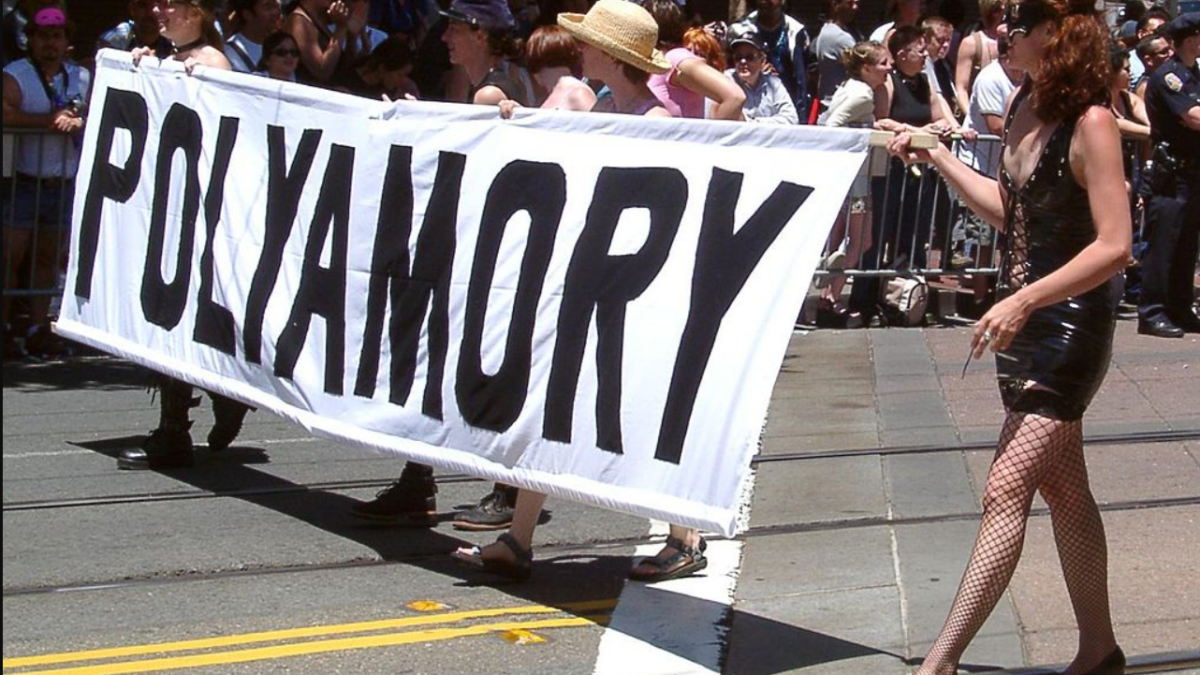
Many people know Bryan, Ohio — if they know it at all — as the home of Dum-Dum lollipops. But in northwestern Ohio, Bryan is famous for another thing: its annual “Christmas on the Square” celebration.
With “Christmas on the Square,” Bryan displays a bric-a-brac collection of inflatable snowmen, outsized nutcrackers, and a kitschy Saint Nick pulled by a fleet of reindeer, placed around the town’s centrally located Chamber of Commerce. The focal point of the celebration, however, is what appears to be an explicitly Christian scene — shepherds, wise men, and the holy family gathered around a manger, awaiting the Christ child’s birth.
Hundreds of towns across the United States put up similar nativity scenes around Christmastime, and every year, someone complains about how this practice violates the separation of church and state. The war on Christmas ensues, and by December 25, culture warriors from both the Christian and non-Christian camps are too embattled with each other to enjoy the holiday season.
But rejoice — the Supreme Court settled this issue long ago! A nativity scene placed in the public square is not a religious symbol. It’s an instance of “ceremonial deism.”
Ceremonial deism is when a government promotes nominally religious statements or practices with the public understanding that these have been deemed to be merely ritual and non-religious through long customary usage. But a more straightforward definition is this: As long as no one believes in the thing the symbol signifies, displaying it in public does not violate the First Amendment freedom of religion clause.
It’s Okay as Long as You’re Pretending
We see ceremonial deism everywhere in the American public square. The Pledge of Allegiance, the president’s oath of office, the words “In God We Trust” on our money — all use religious language for an arguably non-religious purpose. Government bodies frequently use the phrase to justify including religious motifs in the public square. For example, this past September, an Illinois judge used ceremonial deism to justify affixing the words “In God We Trust” in big metal letters to the front of the local courthouse.
The Supreme Court treats nativity scenes in the public square as an instance of ceremonial deism in the 1984 case Lynch v. Donnelly. According to the court’s opinion, erecting a nativity scene in the public square does not encourage any religious belief, but instead, it reminds local townspeople of their unique American heritage. So, while nativity scenes have had a significant place in American history, two centuries of use has changed their meaning from a religious symbol to secular and commercial commodity.
Believe it or not, the Supreme Court actually had a methodical test that helped it come to this conclusion. The court used the 1971 case Lemon v. Kurtzman, which struck down teaching the Bible in public schools, to decide if nativity scenes are religious symbols. The test has three parts:
- The statute in question has to have a secular legislative purpose.
- It can’t promote or inhibit religion or religious practices.
- It can’t give the government leeway to get too involved with any religion.
Nativity scenes only pass the Lemon test if society divorces them from what they symbolize. That’s because, let’s face it, there really is only one way to interpret angels, shepherds, and wise men fawning over a baby Jesus. Unless they become independent entities with their own meaning and history, nativity scenes obviously signify Christ’s coming. But, thanks to the court’s opinion and the resulting cultural fallout, nativity scenes have become stand-alone objects upon which the public can impose its own meaning.
Nativity Scenes May Be a Pyrrhic Victory
For example, this year, a scene depicting the “hipster nativity” went viral. The scene features Mary and Joseph crouched above the manger — but Joseph is taking a selfie and Mary is wearing a low-cut shirt, Starbucks coffee cup in hand. Around them, three “wise men” stand on Segways holding Amazon boxes, presumably their gifts to the Christ child. Not exactly a reverent homage to God’s only begotten son.
The popularity of things like the hipster nativity makes clear that depictions of Christ’s birth are no longer strictly sacred symbols, but instead more in the category of pop-culture icons, like Santa Claus or Frosty the Snowman.
This was apparent to Supreme Court Justice Harry Blackmun when he penned his dissenting opinion for Lynch v. Donnelly: “The creche has been relegated to the role of a neutral harbinger of the holiday season, useful for commercial purposes but devoid of any inherent meaning and incapable of enhancing the religious tenor of a display of which it is an integral part,” he wrote.
And he’s right. Public depictions of the nativity are empty displays, upsetting to everyone. Non-Christians don’t get the satisfaction of the complete public removal of Christ from the holiday season. And although the religious get to keep their rituals, they only retain them under the auspices of ceremonial deism: a compromise which takes away any deeper significance the symbol once held.
Small towns like Bryan may have won a victory in being able to display scenes of Christ’s birth, but without the full meaning behind the nativity scene, theirs is a Pyrrhic victory.









